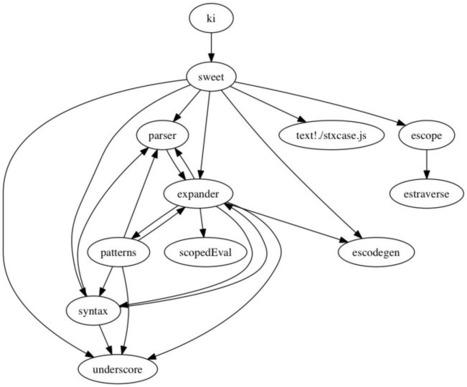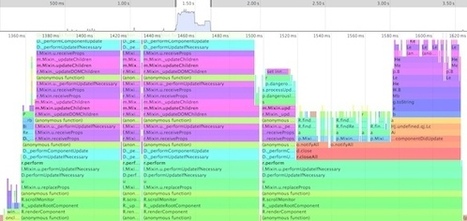Clojure is a Lisp-based language that compiles and executes on the JVM. WithClojureScript, Clojure can be cross-compiled to JavaScript. Developing a SPA in a language like ClojureScript allows developers to utilize Clojure’s features like static type safety and immutability when working with large or complex applications. The Om project allows a developer using ClojureScript to interface with React in a client-side application. Let’s get started using React and Om to build a SPA.
Research and publish the best content.
Get Started for FREE
Sign up with Facebook Sign up with X
I don't have a Facebook or a X account
Already have an account: Login

Keeping track of current JavaScript Frameworks that help design your clientside Business Logic Layers.
Curated by
Jan Hesse
 Your new post is loading... Your new post is loading...
 Your new post is loading... Your new post is loading...
No comment yet.
Sign up to comment
|
|





















